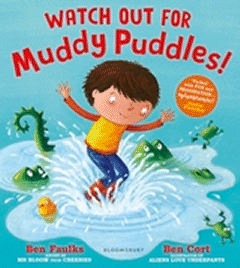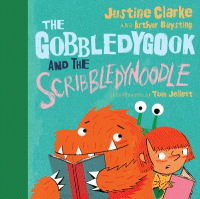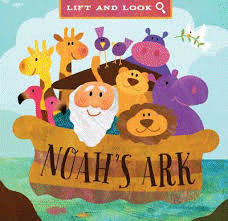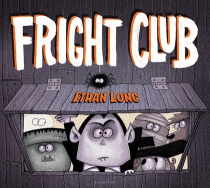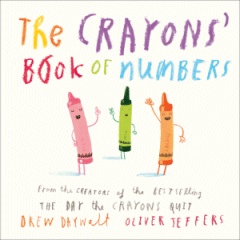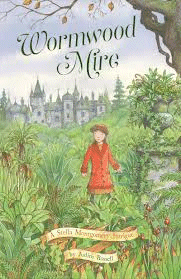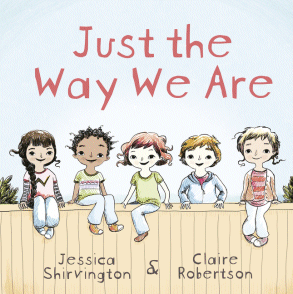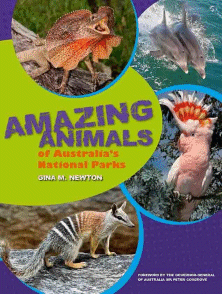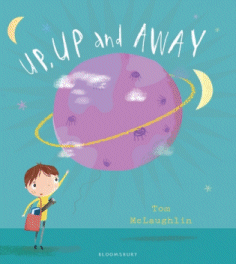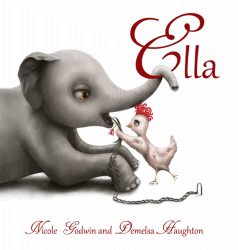
Ella
Ella
Nicole Godwin
Demelsa Haughton
Tusk Books, 2016
32pp. hbk., RRP $A24.99
9780994531407
Ella is a baby elephant with a broken heart. Taken from her mother at a very early age to become part of the tourist attractions in Thailand, she is shackled by a large chain, poked with a bullhook to be the centre of tourist photos and expected to paint pictures and be the drawcard at weddings. Always hungry, her only friend is a scrawny chicken but her greatest wish is to see her mother again and be reunited with her. Wherever she goes she is on the lookout for her and follows every lead that she hopes will be successful, particularly when she sees her future in the eyes of an old and broken elephant saddled with a howdah and expected to enjoy carrying tourists with a need to say they have ridden an elephant.
One night during a fierce storm Ella is sure she has found her but just as she is about to meet up, she is hit by a car and left on the side of the road. But all is not lost, for Ella is picked up and hauled into a truck that drives away to a … sanctuary.
Written to give a voice to elephants and all other creatures held captive for the tourism market, this is a touching story that tugs at the heartstrings as the reader is given an insight into what really happens behind the scenes of what seems like an innocuous activity. Despite the charming illustrations that suggest a story for the very young, the front cover gives a clue that this is not a happy, sweetness-and-light story and despite its uplifting ending readers are bound to have questions they want answered. Some of these are provided on the final pages of the book while others might need some research. Along with Elizabeth Stanley’s The Deliverance of Dancing Bears and Katherine Applegate’s The One and Only Ivan it would make an ideal springboard into the use and treatment of animals as tourist attractions and spark a lot of debate about the ethical issues and changing attitudes towards animals in captivity.
Thought-provoking and worthy of a place on the library’s shelves.
